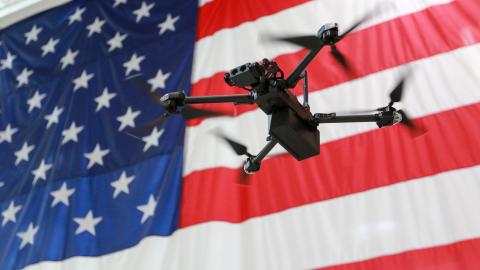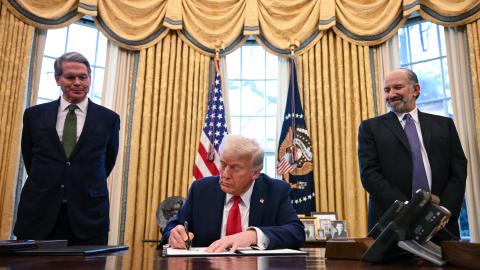Anyone active in the currency war theatre, whether as investor, trader, or commentator, realizes that Washington is profoundly unhappy about the situation on the ground. Europe, Japan, China all in their various ways have staked out considerable advantage, reflected in an overall cheapness of their monies vis a vis the US dollar. Yet it is also plain that the US currency high command is absolutely without any coherent strategy. This would require a radical re-vamp of US monetary leadership. But the Trump Administration is fully aware that any change in the monetary “status quo” could catapult global asset inflation into a final stage of crash and recession. Hence Administration officials from the President down talk about many individual trade complaints, but avoid swiping at the monetary roots which are the number one source of the big picture problem including prominently a massive European trade surplus.
Yes, the negative interest rate regimes in Europe and Japan so far into a business cycle expansion coupled with radical monetary experimentation in other forms smack of currency manipulation. Trump officials, however, are tongue-tied when it comes to refuting the apologists who claim that the euro-zone and Japan are simply striving to get their inflation rates up to 2 per cent, an internationally accepted norm. President Trump, after all, has installed a Fed Chair and nominated a vice-Chair who both accept absolutely established monetary dogma. A coherent campaign against currency manipulation would have required instead that the US negotiators take issue with the 2 per cent inflation standard. For example they would have insisted that pursuance of this standard does not justify radical monetary experimentation; in some cases they would have questioned whether the 2 per cent aim was appropriate.
Proceeding down that route, US diplomats would have admonished their European counterparts. Inflation in Germany, the core country of the monetary union, is already at 2 per cent and the rest of the world should not accept a cheap euro simply because the ECB is seeking to spare uncompetitive sectors in Spain, Italy or even France from having to implement price and wage cuts. And in the case of Japan, Trump officials would have told the Abe government that seeking to achieve 2 per cent inflation when there is such a strong downward rhythm of some prices due to integration with East Asia, digitalization, and labour market liberalization is not internationally acceptable. The consequence of prolonged yen cheapness and swollen current account surplus is a form of beggar your neighbour policy. .
With respect to China the US message would have been that the aim of 3 per cent inflation as followed by the People’s Bank is inappropriate. In an emerging market economy with comparatively fast productivity growth, sound money would mean some tendency for prices to fall. In addition US diplomats would have criticized the financial repression in China which discourages savers from holding funds domestically and discourages foreign inflows of financial capital )so causing the currency to be weaker than otherwise.
In sum, a winning strategy of Washington against foreign currency manipulators is to insist on a modification or over-turning of the inflation-targeting dogma which now pervades global central banking. The US would take a lead by indicating circumstances in which the US would abandon or suspend the 2 per cent target, accepting a lower rate for some time, as for example in the next economic downturn or should productivity growth suddenly pick up. Beyond that, Washington should not continue to tolerate incoherent exchange rate surveillance by the IMF, which takes inflation-targeting and the radical monetary policies which accompany it as sacrosanct.
Prediction: the Trump-Mnuchin-Powell team will not implement a monetary negotiation strategy as suggested here. Instead, the next big event in the global currency war theatre will be the US launching a dollar devaluation campaign empowered by monetary easing. The trigger will be the next market and economic downturn.

















